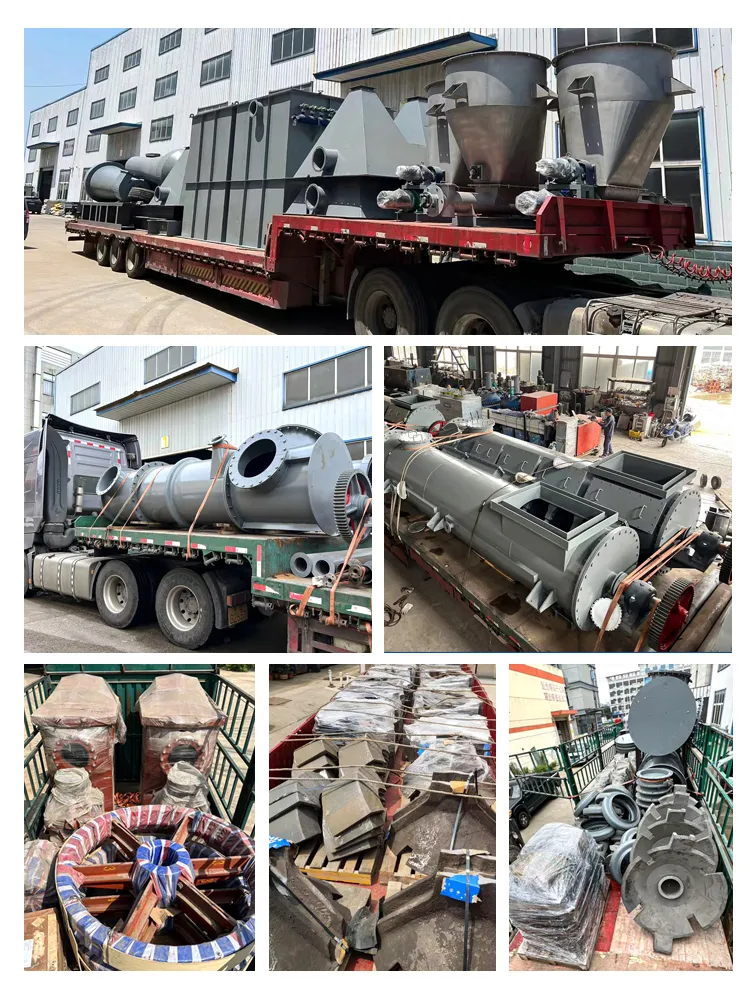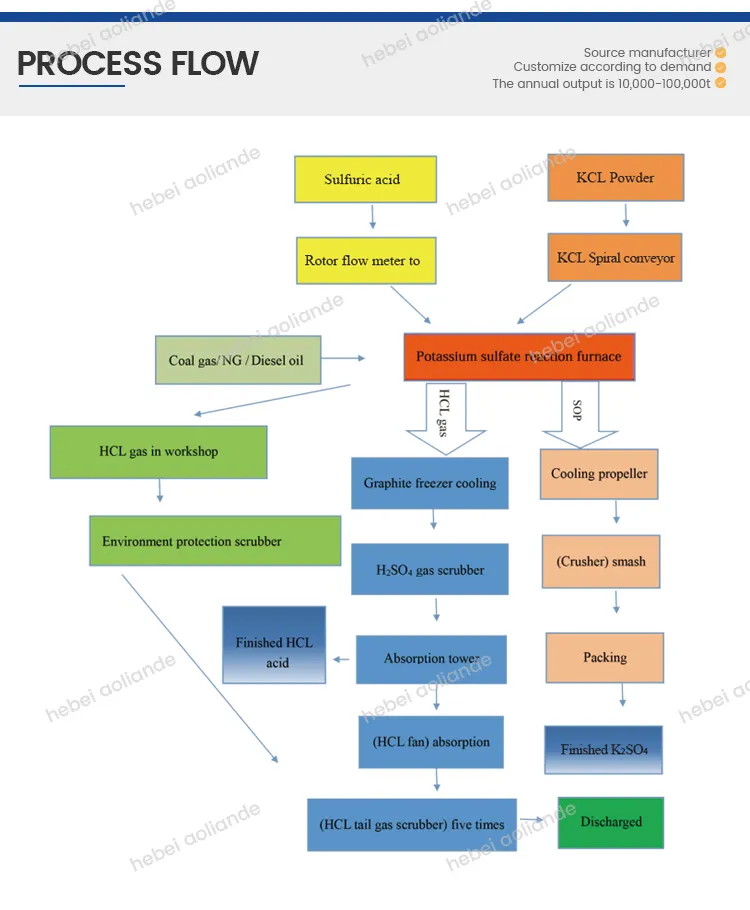High-Performance RFP Pipes Fiberglass Pressure & PVC Composites Durable Piping
- Technical advantages of reinforced fiberglass polymer piping
- Performance comparison against conventional pipe materials
- Custom manufacturing specifications overview
- Installation efficiency and maintenance requirements
- Material certification and compliance standards
- Industry-specific implementation case studies
- Future developments in fiber composite piping systems

(rfp pipe)
Innovating Fluid Transport with Advanced RFP Pipe Solutions
Reinforced Fiberglass Polymer (RFP) piping represents a technological leap in industrial fluid management systems. These composite structures combine thermosetting resins with glass fiber reinforcement to create corrosion-resistant conduits capable of handling pressures up to 350 PSI. Unlike traditional metal alternatives, RFP pipe maintains structural integrity when transporting highly acidic or alkaline media (pH 0.5-14). Major petrochemical facilities report 8-12 year service extensions after transitioning to RFP systems, demonstrating their operational superiority in harsh environments. The manufacturing process utilizes filament winding technology to create continuous, joint-free runs exceeding 40 feet.
Performance Metrics: Engineering Excellence Quantified
Independent laboratory testing reveals RFP pipes maintain a consistent Hazen-Williams coefficient of 150 even after 15 years of continuous operation, while traditional steel pipes degrade to coefficients below 100 within 5 years. The key attributes distinguishing fiberglass pressure pipe include:
- Thermal stability range: -40°F to +280°F (±3% dimensional change)
- Hydrostatic design basis: 2.5 times maximum operating pressure
- Zero electrolytic corrosion in saline environments (tested to 500,000 ppm salt concentration)
- Elastic modulus of 3.5-4.0 x 10^6 psi provides superior impact resistance
This performance profile translates to predictable maintenance cycles and lifecycle costs approximately 35% lower than high-grade stainless steel alternatives.
Material Benchmarking Against Conventional Options
The operational economics of piping systems become apparent when comparing materials across critical industrial criteria:
| Parameter | RFP Pipe | Carbon Steel | HDPE | PVC |
|---|---|---|---|---|
| Corrosion Resistance | Excellent | Poor | Good | Good |
| Pressure Rating (100mm PN) | 25 bar | 20 bar | 16 bar | 10 bar |
| Installation Labor (meters/man-hour) | 4.2 | 1.8 | 3.5 | 3.8 |
| Lifespan (years) | 50+ | 15-25 | 30-40 | 25-35 |
| Thermal Expansion (10⁻⁵/°C) | 1.5 | 1.2 | 20 | 6 |
Fiberglass PVC pipe variants bridge the performance gap by incorporating vinyl ester barriers within the composite matrix, significantly enhancing chemical resistance in pharmaceutical processing applications.
Application-Tailored Engineering Specifications
Custom RFP pipe configurations accommodate specialized operational requirements through design variations:
- Reinforcement Architecture: Circumferential winding for high-pressure systems (400+ PSI) vs. cross-helical patterns for thermal stress management
- Resin Matrix: Bisphenol-A fumarate for solvent resistance, amine-cured epoxy for elevated temperature service
- Liner Options: 0.5mm C-veil corrosion barrier for chemical plants, conductive carbon veil for electrostatic dissipation
Manufacturing tolerance standards exceed AWWA C950 specifications with diameter consistency within ±0.3% and wall thickness variation below ±5%. Engineering teams coordinate with production facilities to implement real-time pressure testing protocols, subjecting every pipe section to 1.5x operating pressure for 60 seconds before certification.
Implementation Case Studies Across Key Industries
A major desalination plant in the Middle East achieved 94% availability after installing 12km of 800mm fiberglass pressure pipe for high-salinity brine transfer. The system demonstrated zero maintenance interventions during the first 42 months of continuous operation, outperforming the previous duplex stainless steel network which required quarterly maintenance.
In mining operations, composite pipes handling abrasive slurry at 15% solids concentration maintained 92% flow efficiency after 18,000 operational hours. Conversely, rubber-lined steel pipes in adjacent circuits showed 35% efficiency degradation requiring replacement after 7,000 hours. The abrasion resistance of fiberglass PVC pipe liners increases service intervals by approximately 300% for particulate handling applications.
Compliance and Quality Verification Protocols
Leading RFP pipe manufacturers maintain dual certification to ISO 14692 and ASME NM.3 standards, with additional industry-specific approvals including:
- NSF-61 for potable water contact
- FM Approved Class 5850 for fire protection systems
- ATEX Category 2 for explosive environments
Third-party verification involves destructive testing of 0.5% of production lots per ASTM D1599 standards. The average burst pressure of RFP samples routinely exceeds minimum requirements by 28%, with strain measurements confirming ultimate tensile strength of 25,000 psi ±2000 across production batches.
The Continued Evolution of Fiberglass Pressure Pipe Technology
Material science advances in RFP pipe manufacturing focus on expanding operational envelopes without compromising corrosion resistance. Next-generation resin systems incorporating nano-silica particles demonstrate 25% improvement in thermal stability, enabling service temperatures up to 340°F. Simultaneously, automated filament placement technologies achieve fiber orientation accuracy within ±2°, optimizing strength-to-weight ratios for deepwater applications exceeding 3,000 PSI operating pressures.
The integration of structural health monitoring directly into composite pipe walls represents the forthcoming frontier. Embedded fiber optic sensors provide distributed temperature and strain measurement with ±0.1% accuracy, potentially eliminating unplanned downtime across critical process industries. These advancements solidify fiberglass pressure pipe as the infrastructure backbone for demanding industrial applications where reliability supersedes initial capital expenditure considerations.

(rfp pipe)
FAQS on rfp pipe
Here are 5 groups of FAQs in HTML format focusing on RFP pipes and related :Q: What is an RFP pipe used for?
A: RFP (Reinforced Fiberglass Plastic) pipe is designed for high-pressure industrial fluid transport systems. It handles corrosive chemicals, slurries, and water with exceptional resistance to internal and external corrosion. Common applications include oil & gas, chemical processing, and desalination plants.
Q: What are the benefits of fiberglass pressure pipe?
A: Fiberglass pressure pipes offer superior corrosion resistance compared to metal alternatives. They feature high tensile strength with light weight for easier installation and reduced maintenance costs. Additionally, their smooth interior surface minimizes friction loss and scaling buildup.
Q: How does fiberglass PVC pipe differ from regular PVC?
A: Fiberglass PVC pipe combines standard PVC's chemical resistance with reinforced fiberglass layers for significantly increased pressure ratings and structural strength. While traditional PVC is limited to lower pressures, the fiberglass-reinforced version withstands higher pressures and harsher environments without requiring increased wall thickness.
Q: Can RFP pipes handle extreme temperatures?
A: Yes, RFP pipe systems maintain integrity across temperatures from -40°F to +250°F (-40°C to +121°C), depending on resin formulations. Fiberglass reinforcement provides dimensional stability during thermal cycling that surpasses unreinforced plastics. Special epoxy resins can extend service temperature up to 350°F (177°C) for steam applications.
Q: Why choose fiberglass pressure pipes over traditional materials?
A: Fiberglass pipes outlast steel and concrete alternatives due to complete resistance to rust, electrolysis and chemical degradation. Installation savings reach 30–50% due to lower shipping weights and simple joining methods. Lifecycle costs are reduced through near-zero maintenance requirements over 50+ year service periods.






























